Opening of the Beach Season
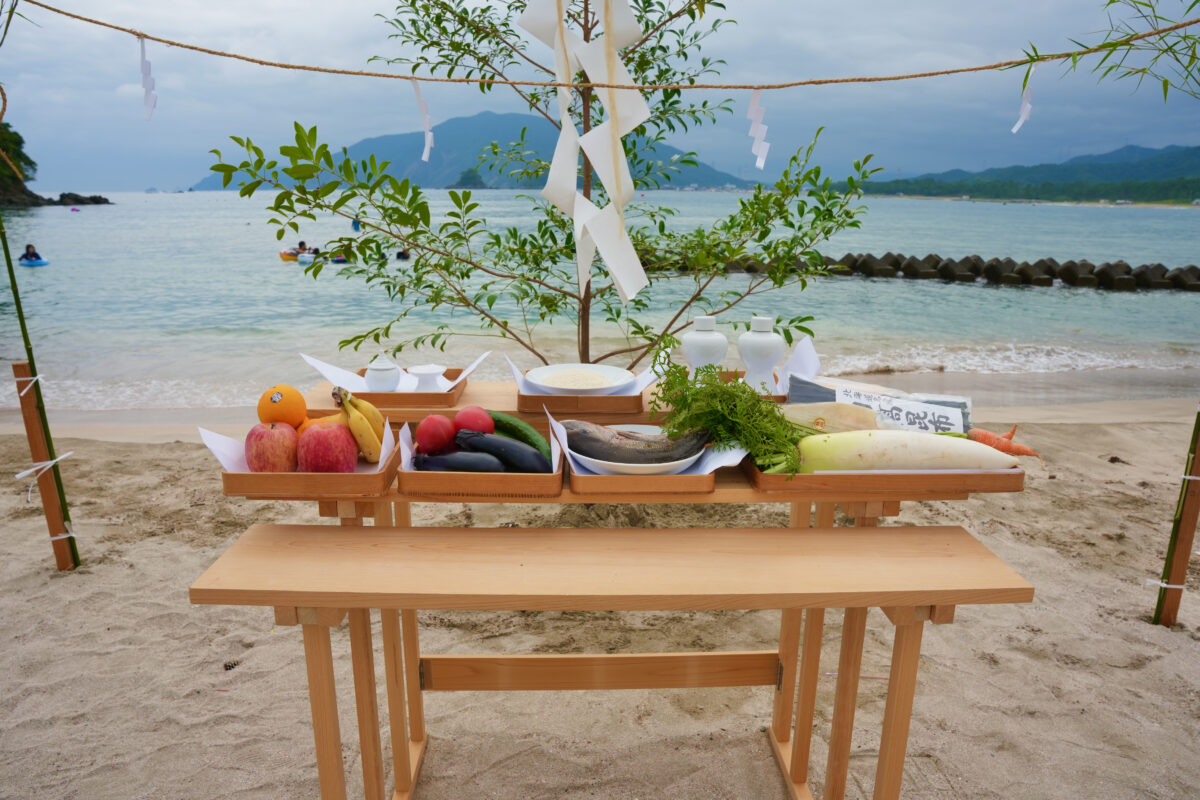
Historically, Japan’s relationship with the sea has always been one of both gratitude and caution. The ocean provides food, livelihood, and connection to other lands — yet its power is immense and unpredictable. Fishermen in ancient times relied on rituals to appease the deities of the sea (海の神様, umi no kamisama), seeking calm waters and plentiful catches.
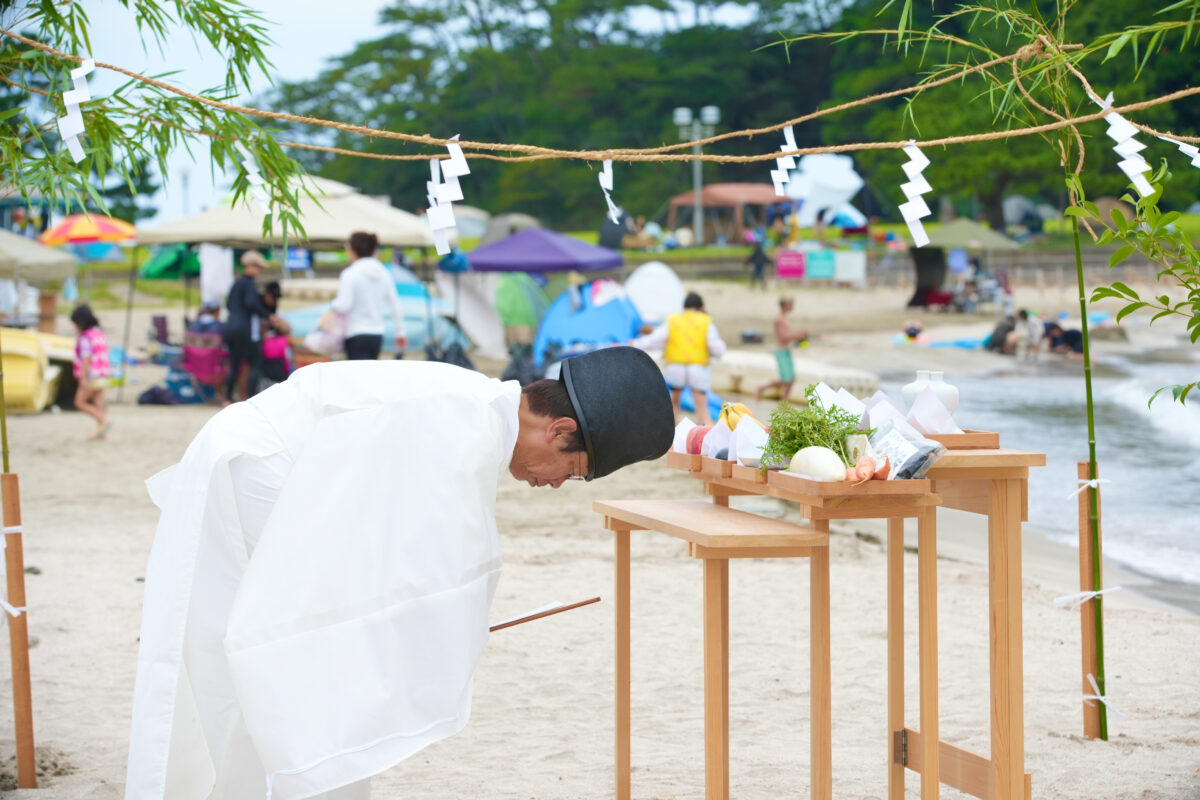
The earliest forms of the umi-biraki ceremony were held to purify the shoreline, offer thanks, and pray for protection from storms, strong currents, and other dangers. Communities would gather on the sand while a Shinto priest conducted a ritual purification (お祓い, oharai), making offerings of sake, rice, salt, and sometimes fish, to honor the spirits that dwell in the waves.
In modern Japan, the umi-biraki has evolved to meet contemporary life. While fewer communities depend on fishing alone, beaches are now shared spaces for swimmers, surfers, and sunseekers. Local governments and beach patrols host these ceremonies to mark the official start of the swimming season — often in early July, though the timing varies by region.
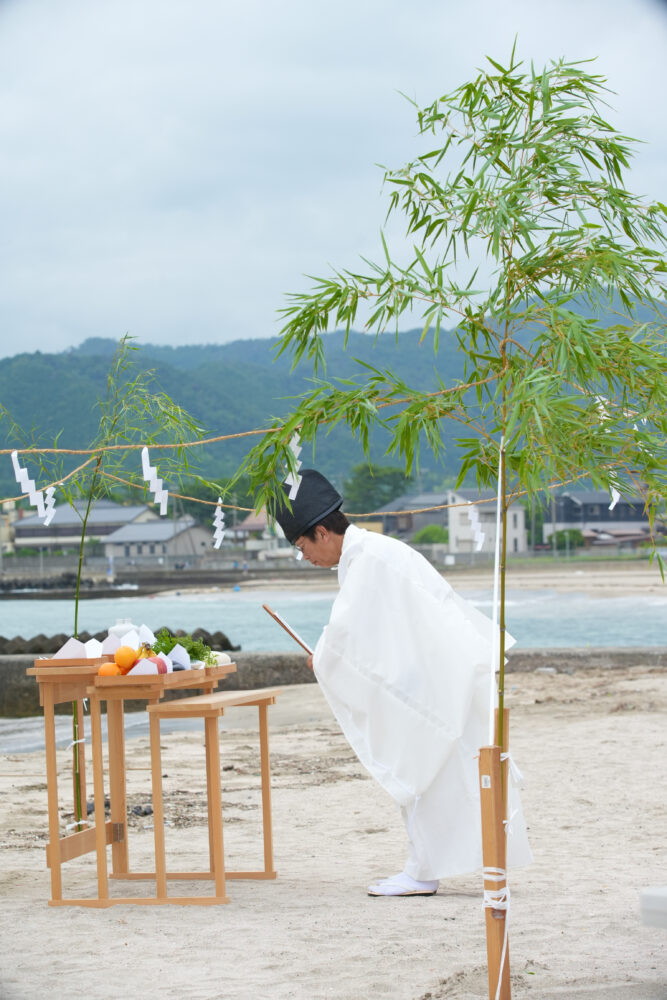
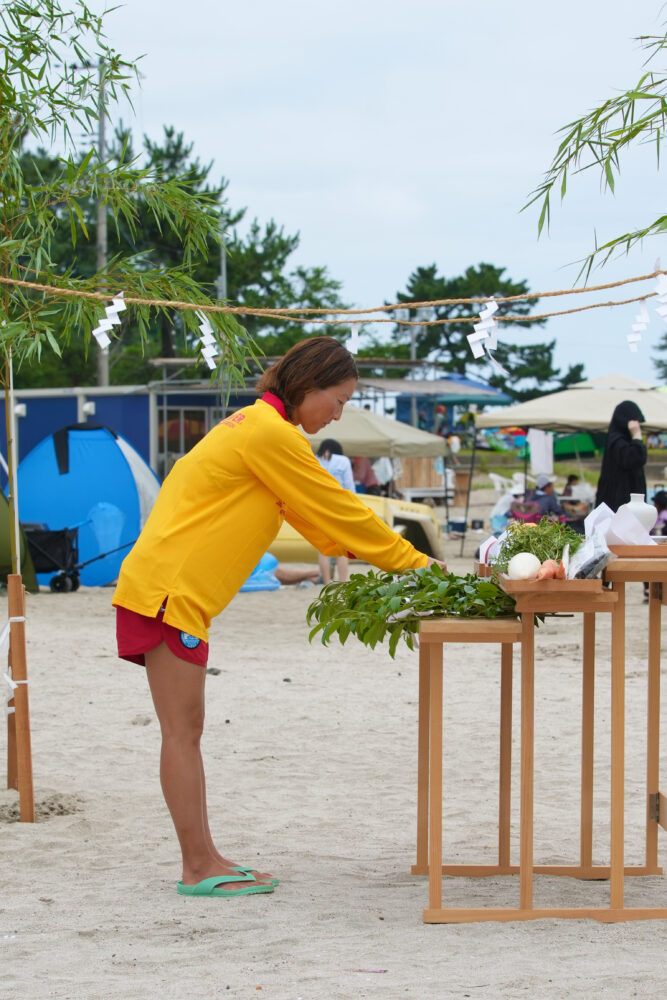
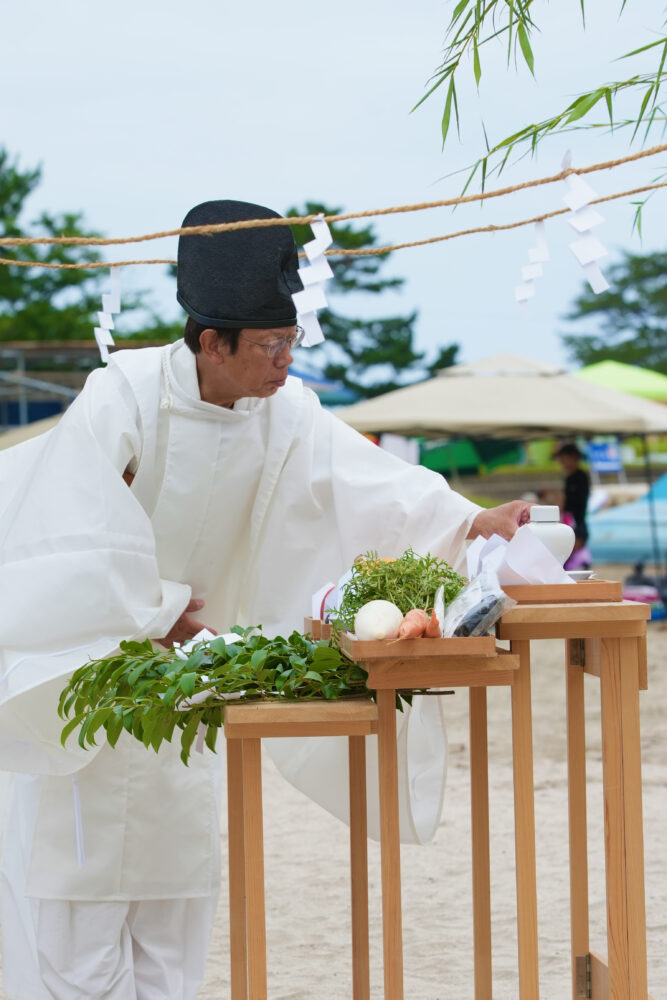
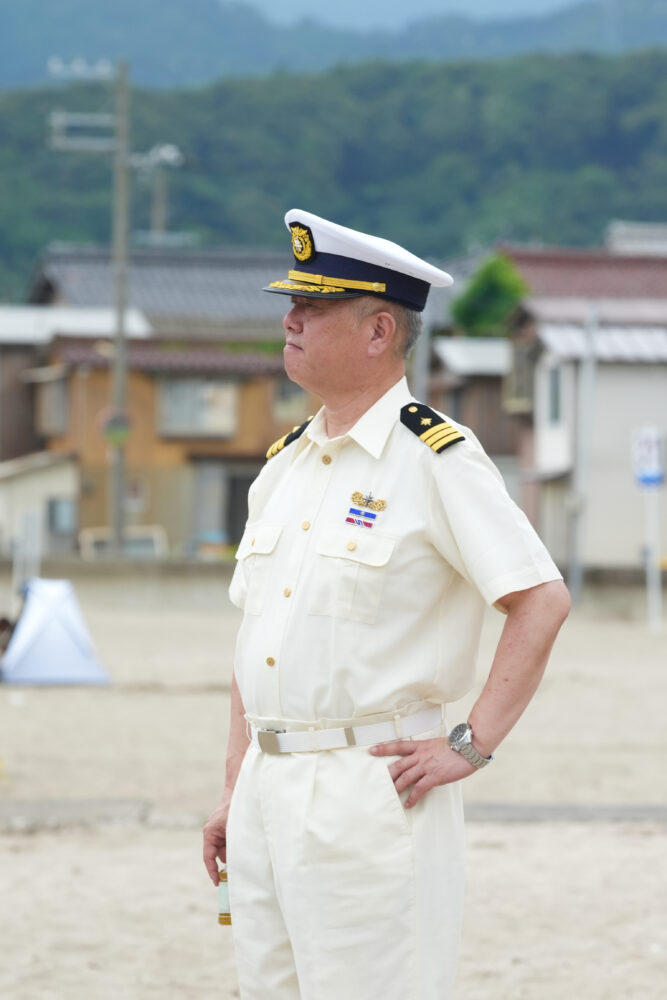
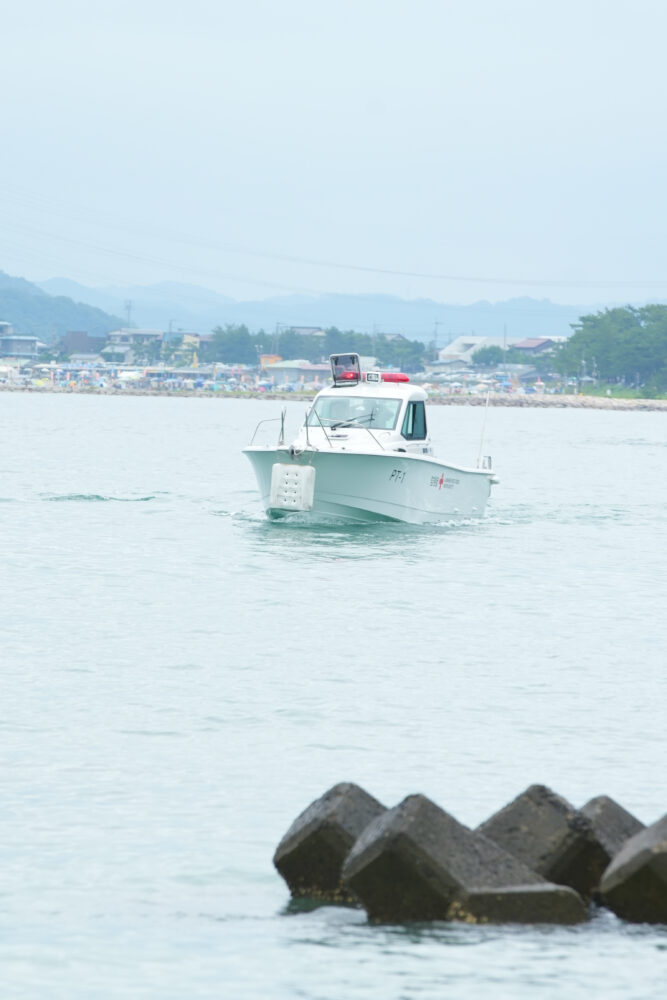

In a world where traditions can easily slip away, this ceremony endures as a living link to the beliefs and practices that shaped Japan’s coastal communities. It reminds us that the ocean is not simply a backdrop for beach selfies or water sports — it can also be a place of wonder, danger, and deep cultural meaning.



